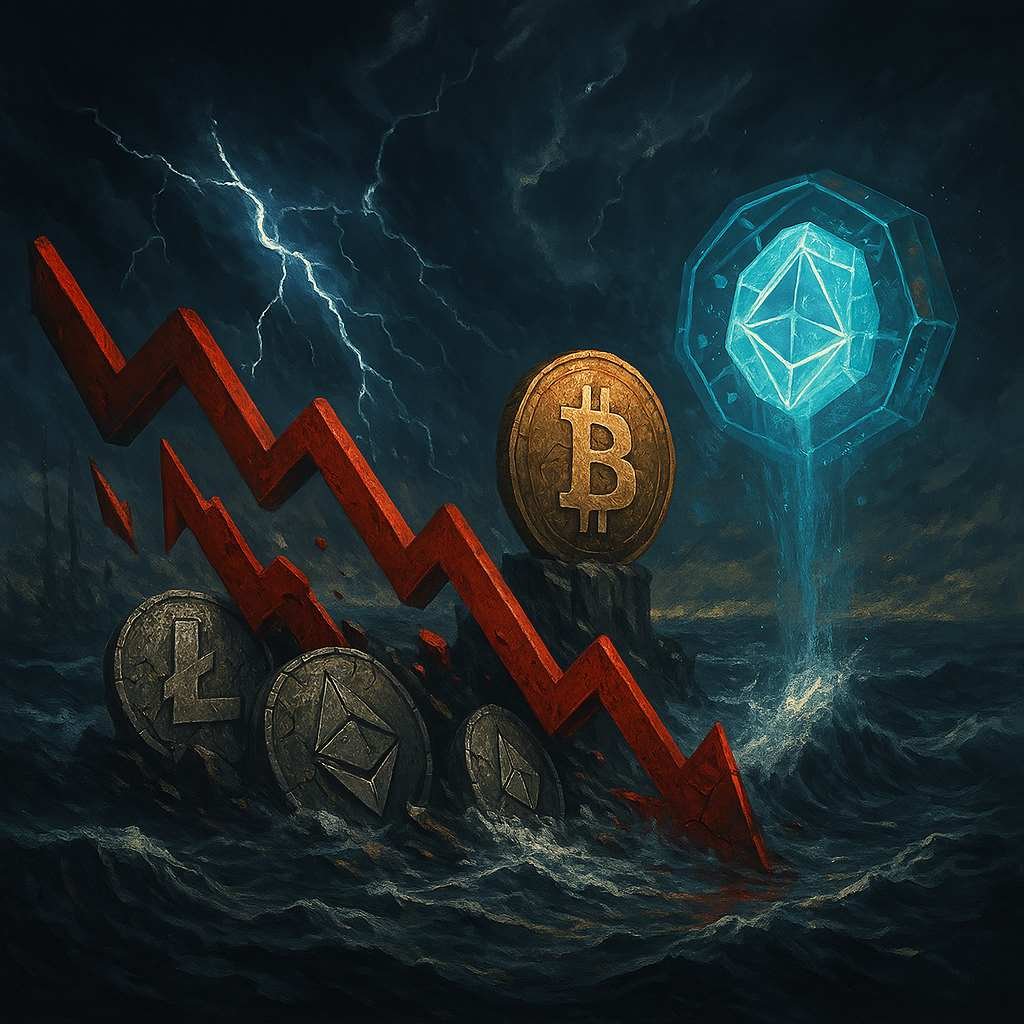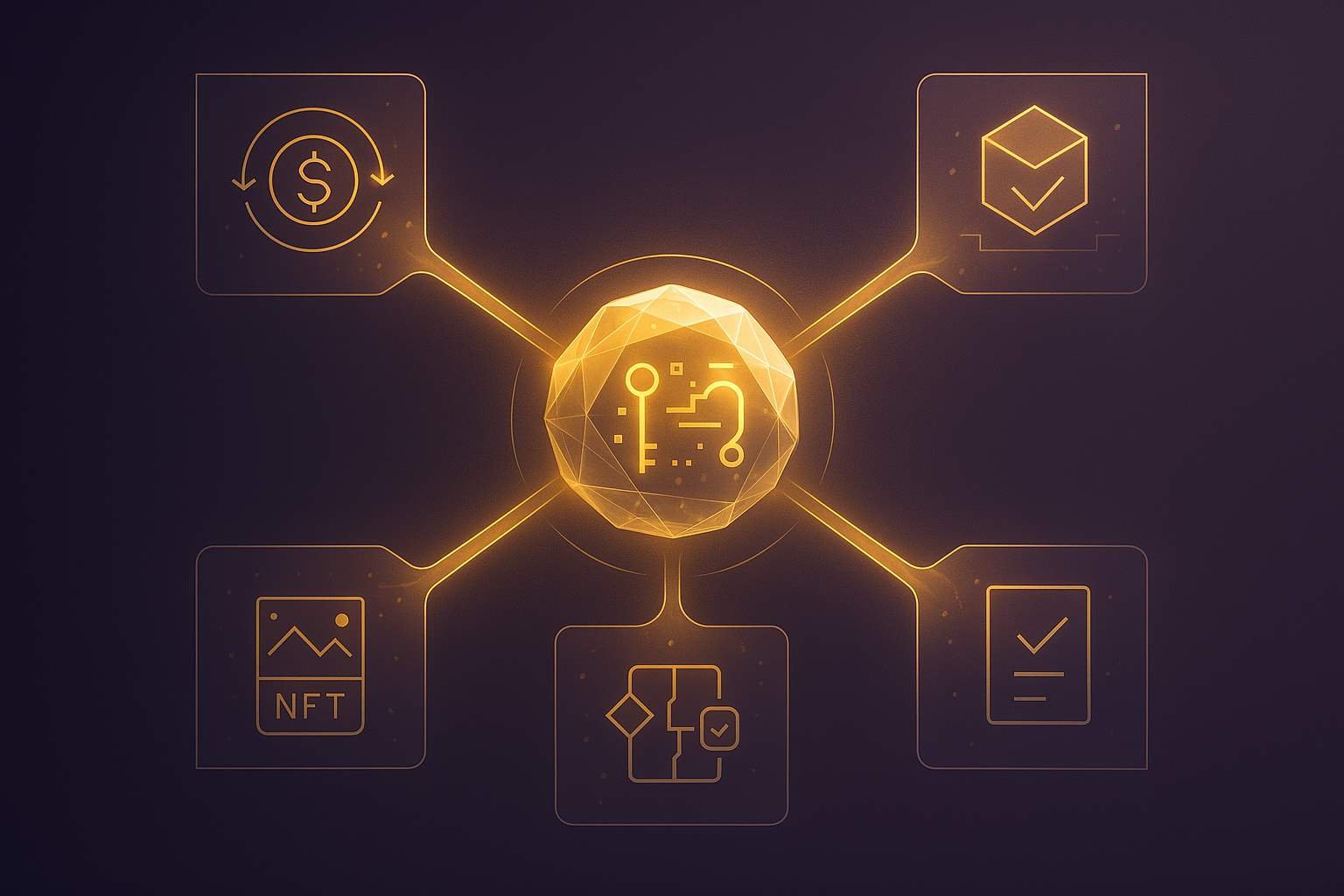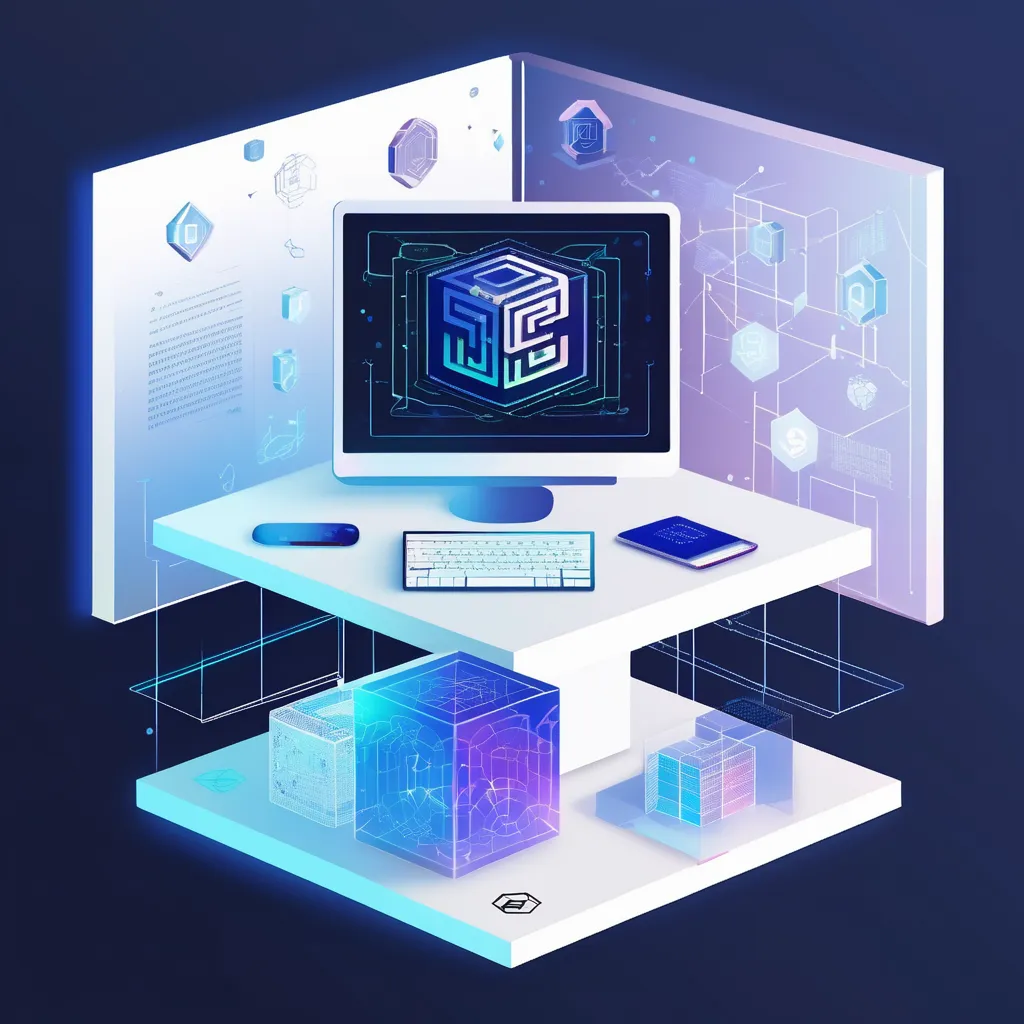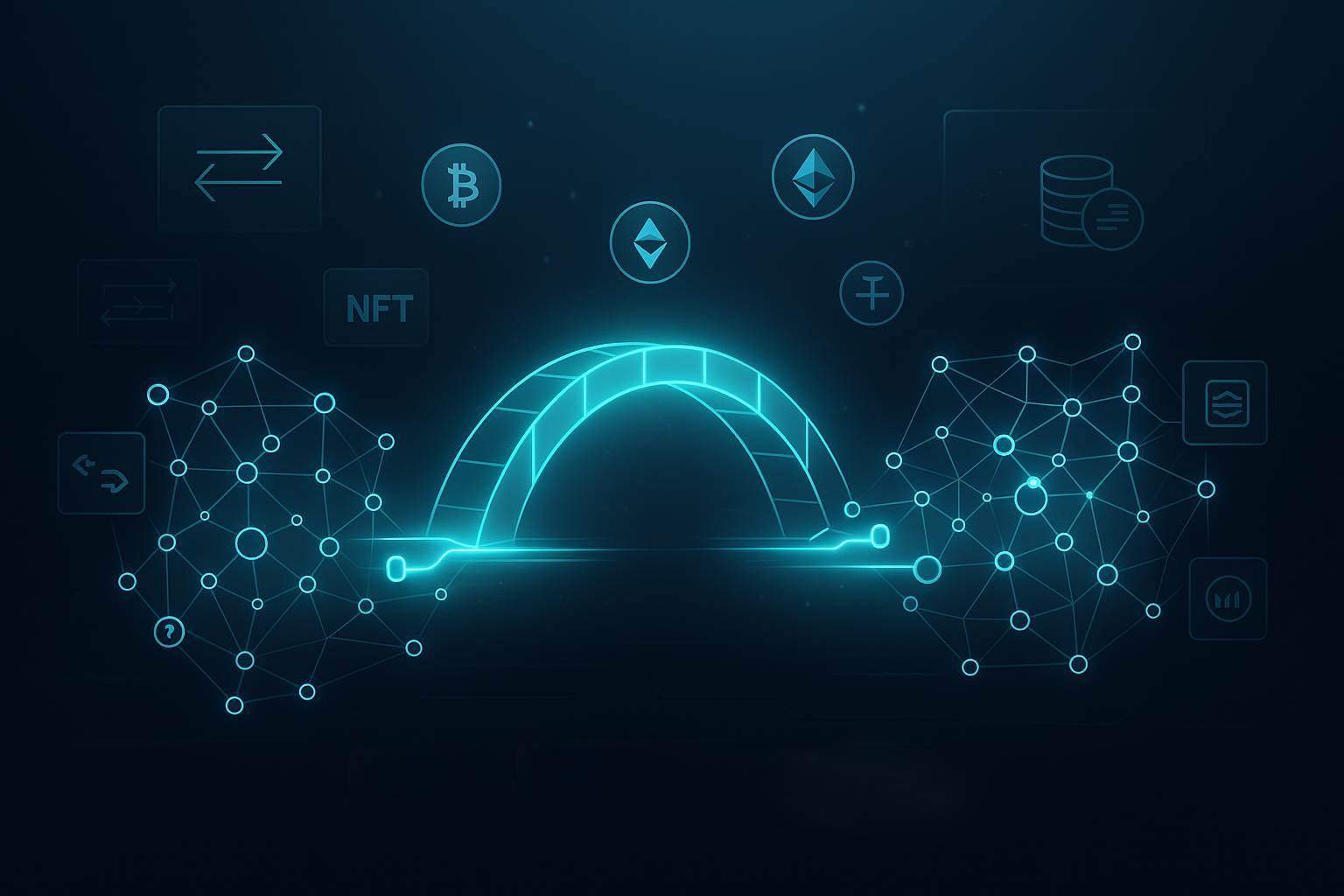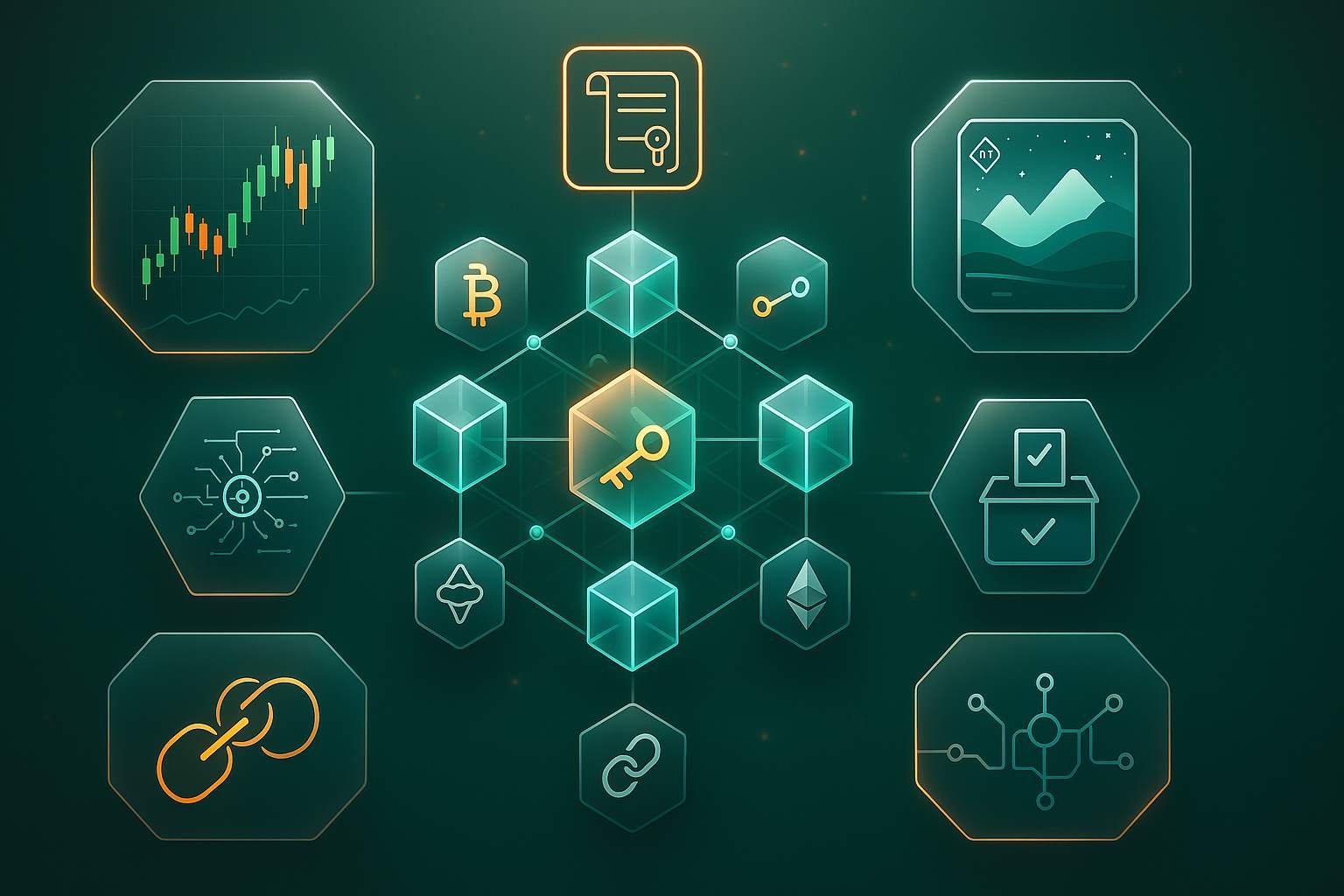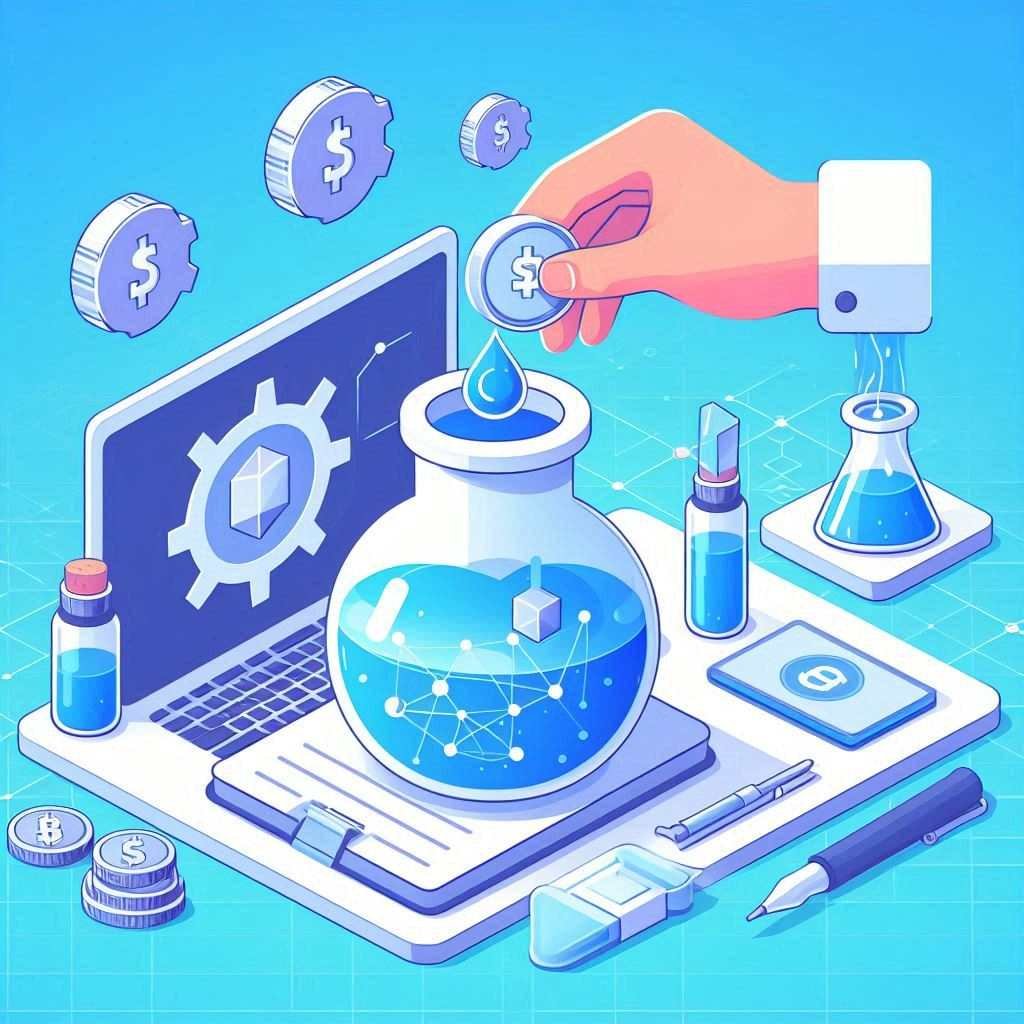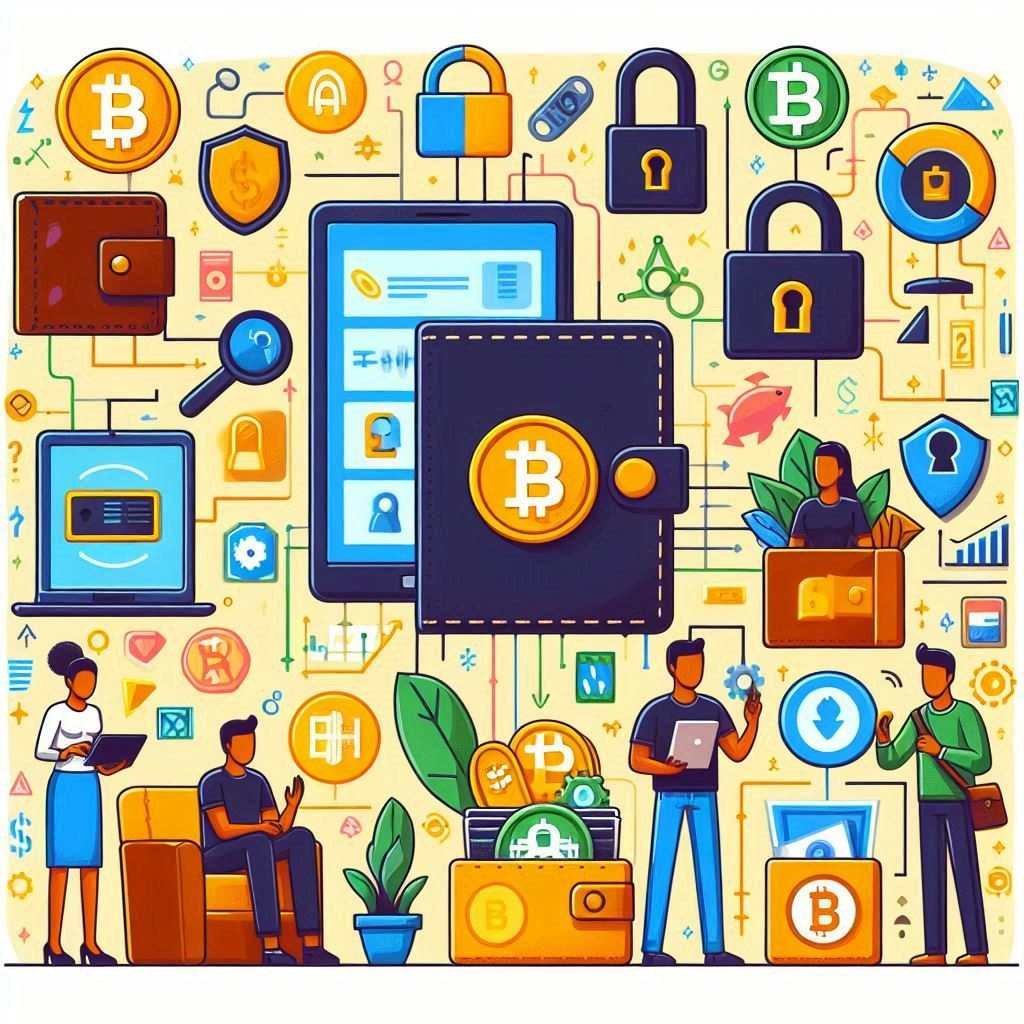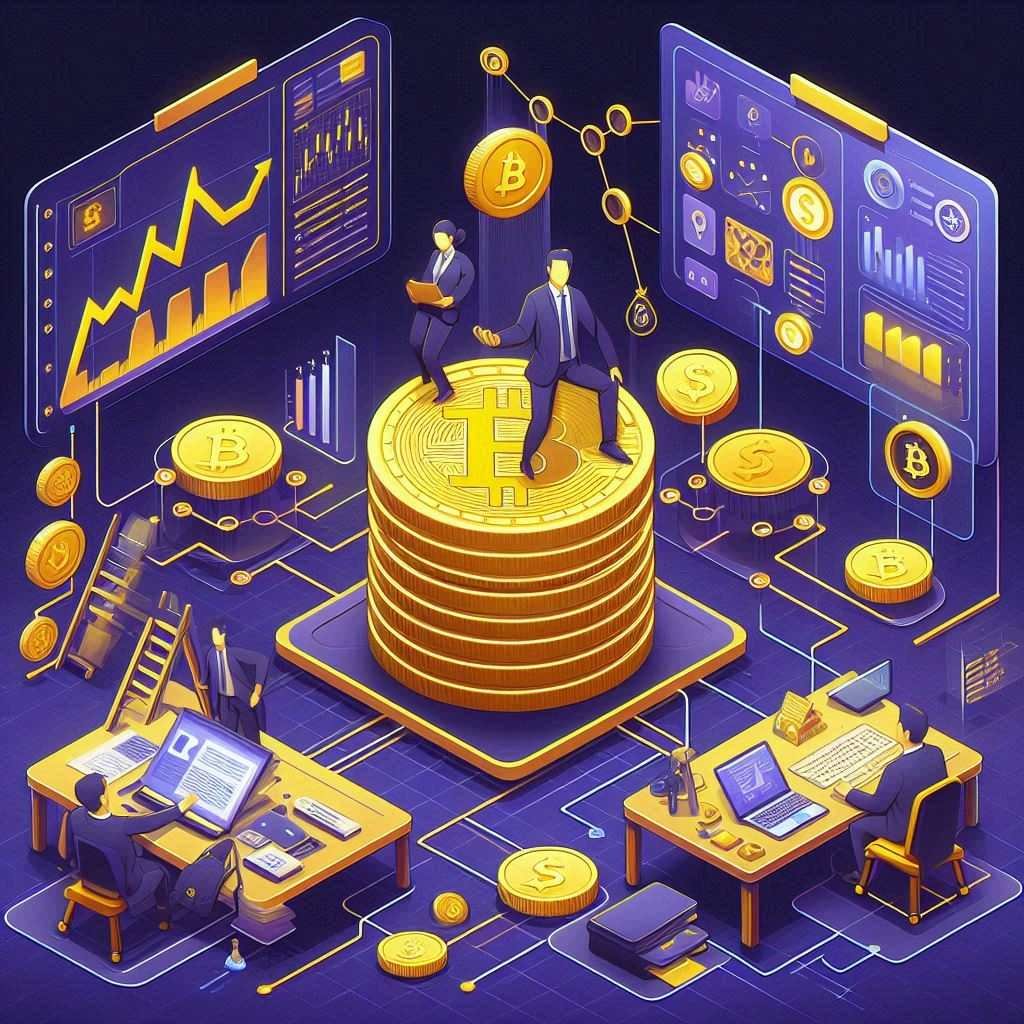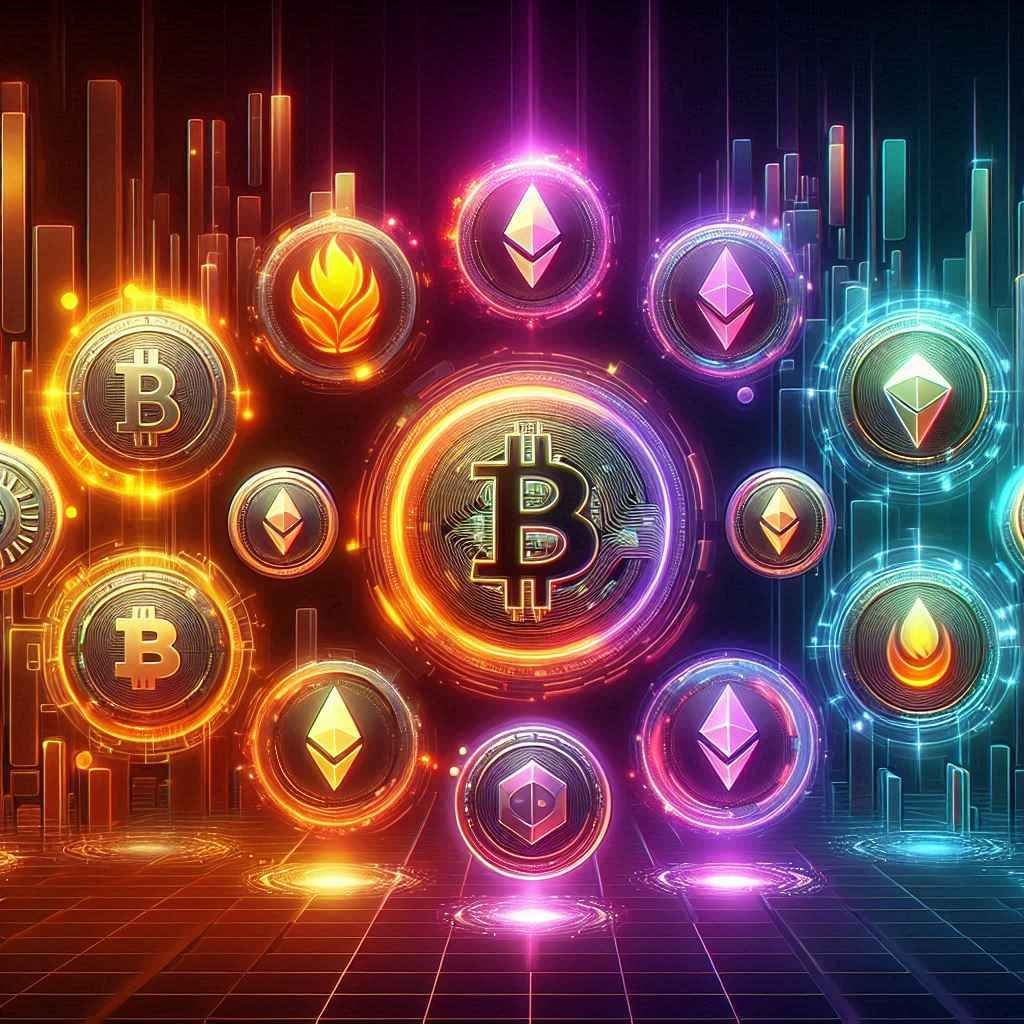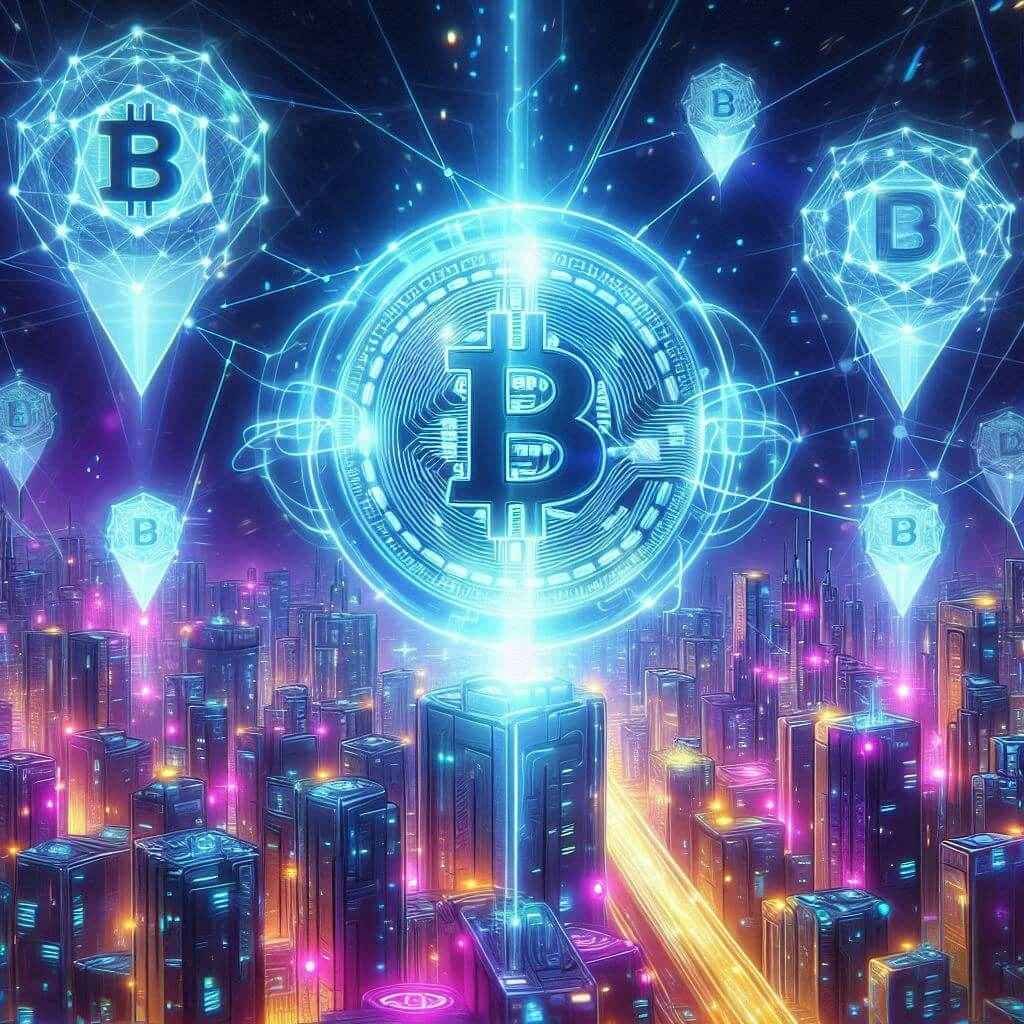Unlocking Cross-Chain Connectivity 🔓
Blockchain bridges are tools that connect different blockchain networks, enabling seamless interaction between them.
Each blockchain operates with its own technical standards, including unique design choices like programming languages, consensus mechanisms, and tokenomics. These differences can make direct communication between blockchains challenging.
Bridges solve this by facilitating interoperability, allowing assets, tokens, and data to move between networks like Ethereum (ETH) and Solana (SOL). This cross-chain functionality is essential for the broader crypto ecosystem to work together, as native blockchain protocols often lack built-in interoperability.
Blockchain Bridges Explained 🎓
Think of blockchain bridges as translators between two countries with different languages. If you’re traveling and don’t speak the local language, you’d struggle to navigate or communicate without help. A translator bridges that gap, converting your language into one the locals understand.
Blockchains face a similar issue: they’re built with different programming languages and technical standards. For example, a transaction on Ethereum might follow a different process than one on Solana. Blockchain bridges act as translators, enabling one blockchain to “understand” and interact with another.
The primary goal of a blockchain bridge is to create a trustless channel for cross-chain transactions, using smart contracts and advanced protocols to connect networks and transfer assets securely.
How Do Blockchain Bridges Work? ⚙️
Blockchain bridges follow a series of steps to securely transfer assets from a source blockchain to a destination blockchain:
- Locking Assets: A user deposits their assets (e.g., ETH) into a smart contract on the source blockchain, controlled by the bridge. This “locks” the assets, preventing them from being used elsewhere.
- Proof Generation: The bridge generates a proof of the locked assets and sends it to the source blockchain, confirming the deposit.
- Broadcast and Validation: The proof is broadcast to the source blockchain’s nodes, which validate the transaction to ensure it’s legitimate.
- Minting on the Destination Chain: Once validated, a corresponding amount of assets is “minted” on the destination blockchain as a synthetic asset, often called a wrapped token (e.g., wrapped ETH on Solana).
- Using the Assets: The user can now use these wrapped tokens within the destination blockchain’s ecosystem, such as in decentralized applications (dApps).
- Reversing the Process: To return to the source blockchain, the user deposits the wrapped tokens back into the bridge, which burns them and releases the original assets from the smart contract on the source chain.
This process ensures assets can move securely between blockchains while maintaining their value.
Why Are Blockchain Bridges Needed? 🤷♂️
Blockchain bridges are essential for enabling cross-chain interoperability, a critical need as the blockchain ecosystem grows.
With the rise of decentralized finance (DeFi) and widespread blockchain adoption, users and developers need to transfer assets and data between networks efficiently. Bridges make this possible by:
- Connecting Isolated Networks: They allow users to access protocols and dApps on different blockchains, such as moving tokens from Ethereum to Polygon for lower fees.
- Enhancing Scalability: Bridges help alleviate network congestion by enabling transactions on less crowded chains, leading to faster payments and lower fees.
- Unlocking New Opportunities: They provide access to new markets and ecosystems, like using Ethereum-based NFTs on Solana or leveraging Binance Smart Chain’s DeFi protocols.
By bridging networks, these tools foster innovation, allowing developers to combine the strengths of multiple blockchains to build more versatile solutions.
Types of Blockchain Bridges 🌉
Blockchain bridges come in various forms, each designed for specific purposes:
- Asset-Specific Bridges: These focus on transferring a particular asset between blockchains. For example, Wrapped Bitcoin (wBTC) bridges Bitcoin to Ethereum, allowing BTC to be used in Ethereum’s DeFi ecosystem.
- Chain-Specific Bridges: These connect two specific blockchains. The Polygon Bridge, for instance, enables token transfers between Polygon and Ethereum.
- Application-Specific Bridges: Built for specific dApps, these bridges support seamless interactions between applications on different blockchains, tailored to their unique needs.
- Generalized Bridges: These offer broader interoperability, supporting transactions across multiple blockchains. Poly Network, for example, connects over 40 blockchains, including Ethereum, Binance Smart Chain, and Avalanche.
Risks of Using Blockchain Bridges ⚠️
While blockchain bridges enable cross-chain functionality, they also come with risks that users should understand:
- Security Vulnerabilities: Bridges are prime targets for hackers, as they connect separate networks and handle large amounts of assets. Exploits in smart contracts can lead to data manipulation or asset theft. For example, the Wormhole bridge on Solana was hacked in 2022, losing $320 million due to a code vulnerability.
- Custodial Risks: Some bridges rely on a central entity to manage locked assets, creating a single point of failure. If the operator is compromised or acts maliciously, users’ funds are at risk.
- Network Congestion: High traffic on a bridge can cause delays and increase transaction fees, reducing efficiency. This is especially common during peak usage periods.
- Trust Disparities: The security and reliability of bridges vary depending on their governance and track record. For instance, Poly Network suffered a $610 million hack in 2021, highlighting the importance of choosing reputable bridges.
To mitigate risks, users should research bridges thoroughly, use secure wallets, and stay updated on vulnerabilities and best practices.
At CryptoAnalyzes, we’re here to help you navigate the crypto world with confidence. For VIP analysis services, in-depth trading insights, and personalized strategies, visit Cryptoanalyzes. Want to explore more educational content? Check out our CryptoAnalyzes blog for the latest articles.

